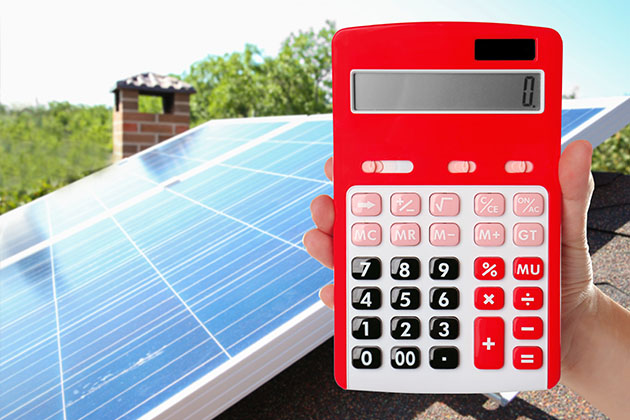Scientists from MIT have sensitized existing silicon արեգակնային cells by singlet exciton fission method. This can increase efficiency of արեգակնային cells from 18 percent to as high as 35 percent thus doubling energy output thereby reducing costs of solar technology.
Հրամայական է դառնում հանածո վառելիքից մեր կախվածությունը նվազեցնելը և կայուն ապագայի համար տեխնոլոգիաներ կառուցելը: Արևային էներգիա վերականգնվող աղբյուր է էներգիա որտեղ Արևինը light is converted into electrical energy. Արեգակնային բջիջներ are most commonly made of silicon which uses photovoltaic process to transform արեւի լույս into electricity. Tandem cells are also being designed which generally include perovskites cells where every section of the արեգակնային cells can harness Արևինը energy from its varied spectrum and thus have higher efficiency. Solar cells available today are limited by their efficiency which is just 15-22 percent.
Հուլիսի 3-ին հրապարակված հետազոտությունը բնություն ցույց է տվել, թե ինչպես է սիլիկոն արեգակնային cell efficiencies could be raised to as high as 35 percent by applying an effect called singlet exciton fission. In this effect a single particle of light (photon) can generate two electron-hole pairs as opposed to only one. Single exciton fission is seen in many materials since its discovery in the 1970s. The current study aimed to translate this effect for the first time into a viable արեգակնային բջիջ:
Researchers transferred single exciton fission effect from tetracene – a known material which exhibits it – into crystalline silicon. This material tetracene is a hydrocarbon օրգանական semiconductor. The transfer was achieved by placing an additional thin layer of hafnium oxynitride (8 angstrom) between excitonic tetracene layer and silicon արեգակնային cell and coupling them.
This tiny hafnium oxynitride layer acted as a bridge and made possible the generation of high energy photons in the tetracene layer which then triggered release of two electrons in the silicon cell as opposed to the usual one. This sensitization of silicon արեգակնային cell reduced thermalization losses and enabled better sensitivity to light. The energy output of the արեգակնային cells doubled as more output was generated from green and blue parts of the spectrum. This can enhance the efficiency of արեգակնային cells to as high as 35 percent. The technology differs from the tandem solar cells as it just adds more current to the silicon without adding additional cells.
Ընթացիկ ուսումնասիրությունը ցույց է տվել իմպրովիզացված միակողմանի տրոհման սիլիկոնային արևային բջիջներ, որոնք կարող են ցույց տալ բարձր արդյունավետություն և այդպիսով նվազեցնել արևային տեխնոլոգիայի էներգիայի արտադրության ընդհանուր արժեքը:
***
{Դուք կարող եք կարդալ հետազոտական հոդվածի բնօրինակը` սեղմելով ներքևում նշված DOI հղումը` մեջբերված աղբյուրների ցանկում:}
Աղբյուրը (ներ)
Einzinger, M. et al. 2019. Սիլիցիումի սենսիտիզացիա տետրացենում սինգլ էկցիտոնային տրոհմամբ: Բնություն. 571 թ. https://doi.org/10.1038/s41586-019-1339-4






































